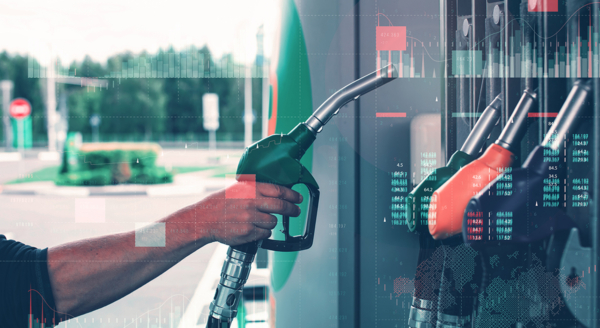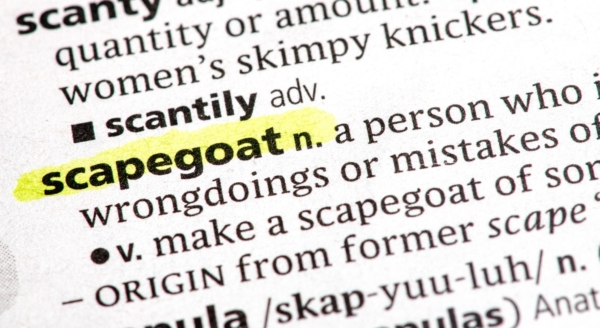Sep 11, 2018
Activist groups push a narrative that state and federal regulation of fracking and oil extraction are woefully inadequate:
- “The federal government is turning a blind eye to fossil fuel companies that are not subjected to thorough investigation, and as a result, violating their mandate to protect public interests … The government and the oil industry are essentially in business together.” – Center for Biological Diversity in the Ventura County Star, April 29, 2017
- “Government officials are asleep at the wheel, and it’s time for them to wake up and uphold laws that protect our ocean and coasts.” – Stefanie Sekich-Quinn, policy manager for the Surfrider Foundation, in a press release
- “In the United States, drilling and fracking are exempt from landmark environmental laws, including the Safe Drinking Water Act, thanks to loopholes Congress and regulators have carved out for oil and gas corporations.” – Food & Water Watch, “Fracking”
However, DRILLING DOWN, the facts show:
- Government agencies at every level – from local and regional to state and federal – regulate every step of the oil production process. In sum, at least 26 different government agencies have oversight over oil production in Los Angeles, which operates under the strictest safety and environmental standards in the world. The protection of public health is foremost among these agencies’ priorities.
- All oil and gas operations, including hydraulic fracturing, are subject to federal regulations through the Clean Water Act and the Clean Air Act. In addition, the Safe Drinking Water Act applies to all drilling and production activities, giving the EPA authority to punish any oil company that pollutes drinking water sources. The Safe Drinking Water Act defers specific well stimulation regulations to state governments, as these activities have primarily been regulated by the states over the past 70 years.
In California, SB-4, passed in 2013, established the most stringent regulations on fracking and well stimulation activities in the country. Among other things, the law requires operators performing hydraulic fracturing to:
- Apply for and obtain specific well stimulation permits
- Disclose the details about the planned hydraulic fracturing activities that are publicly accessible on a state government website
- Perform comprehensive tests for well integrity before and after fracturing
- Disclose the ingredients of the hydraulic fracturing fluid, including all chemical additives
- Provide written notice to property owners in proximity to the well, including an opportunity for those with water wells to require third-party sampling of their wells
- Prepare and obtain approval of water management plans
- Prepare and obtain approval of groundwater monitoring plans in areas with protected water and perform groundwater monitoring before and after hydraulic fracturing using certified contractors and laboratories
- Prepare and obtain approval of air monitoring plans and perform air monitoring of a representative hydraulic fracturing jobs using certified contractors and laboratories
In addition, SB-4 requires various actions by state agencies, including:
- The California Council on Science and Technology to issue a detailed evaluation of hydraulic fracturing in the state (completed in 2015)
- The Department of Conservation’s Division of Oil, Gas, and Geothermal Resources (DOGGR) to prepare a statewide Environmental Impact Report on hydraulic fracturing (completed in 2015)
- The DOGGR to maintain a public database on information on hydraulic fracturing permits and activities in the state
- The DOGGR to report to the legislature on hydraulic fracturing in the state
- Other state agencies, such as the State Water Resources Control Board, the Department of Toxic Substances Control, and the California Air Resources Board, to report on monitoring data from hydraulic fracturing activities
Bottom line, California oil and gas is produced under the most rigorous environmental regulations and human health protections in the world.
- California’s energy industry meets the needs of California consumers, fueling transportation, food supply, health, housing and powering our technology. Moving the California economy to zero petroleum usage would be impossible. Given that demand is increasing and California already imports 72% of the oil it uses every day, any cuts to production in state would result in more imports from states and countries with far worse environmental regulations and human rights records than California.


